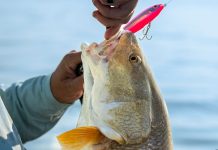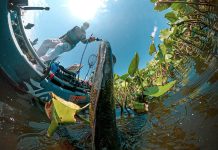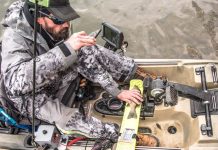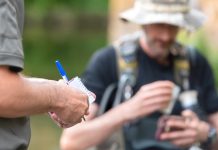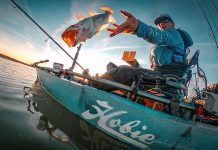I was two days into a five-day camping trip and the striped bass flopping on the deck of my kayak sure looked tasty. Too bad I was still two days from open season. My stomach growled as I dropped the fish into the water. No matter what your stomach or brain may think, each of us makes a difference in the health and sustainability of the fishy places we love. Here are five easy ways you can help to conserve your favorite fishing spot.
5 Ways To Conserve Your Favorite Fishing Spot
1 Obey Size and Bag Limits
Size and bag limits are determined by science and math. David Blazer, Maryland Fisheries Service Director, explains: “Scientists and fishery managers work closely with federal and state agencies to determine sustainable levels of harvest and fishing activity based on the best available science and the needs and desires of law-abiding citizens.” It only works if everyone buys in. The number of anglers is huge, and the area people fish is vast with a limited number of enforcement officers. “Breaking the rules only spoils the fun and opportunities for everyone else,” Blazer says.
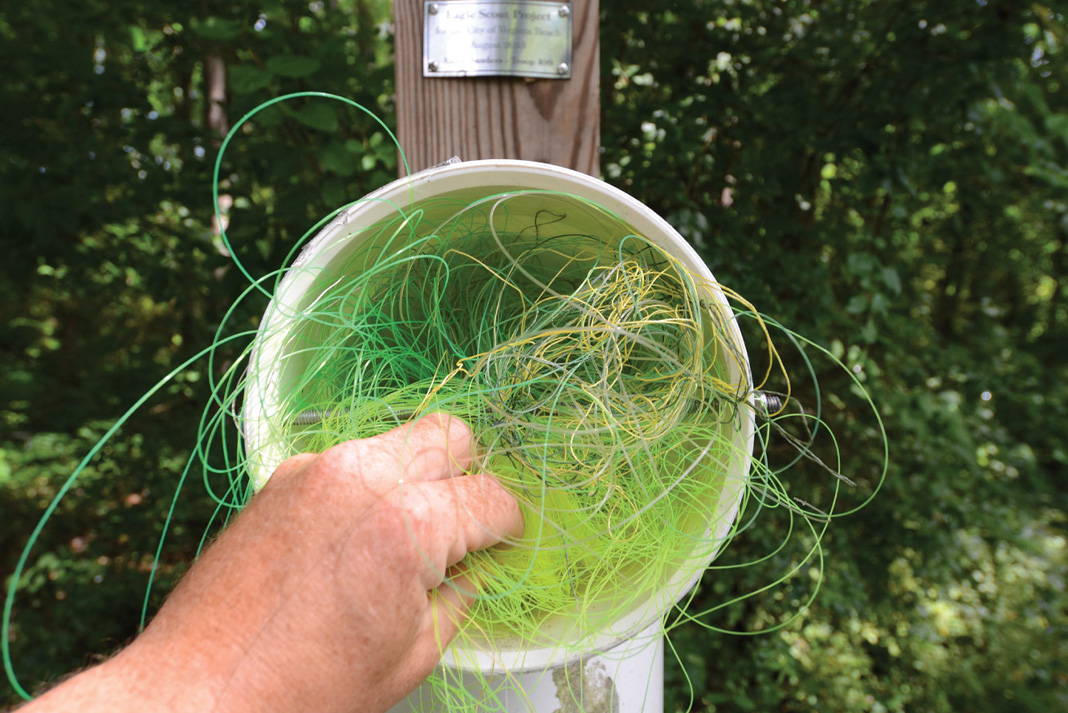
2Reuse Old Gear at Home
There are a million ways to recycle, reuse and repurpose fishing gear. I make a homemade anchor that helps me clean up the garage. Start with a bag of instant concrete and cut out the bottom of a plastic soda bottle. Fill the bottle bottom with concrete and dump in old hooks, weights and jigs. The old tackle reinforces the concrete and lead adds weight. Before the concrete cures, I stick a looped over piece of wire coat hanger or an old eye bolt to tie my anchor rope.
3 Chase Down Litter
Mesh potato bags are excellent for collecting trash from the water and shore. Take one with you every time you go on the water and leave the place cleaner than you found it. I take two: one for trash and one for recycling. Chasing down trash actually improves my paddling skills.
4 Drop Off Your Old Line
Fishing line left in the wild is more than an eyesore, it’s a hazard to wildlife. Fortunately, monofilament can be recycled into lots of other things. Berkley Fishing, the guys who make Trilene fishing line, host a monofilament recycling program. Anglers can take used fishing line to one of 17,000 drop-off sites or mail it to Berkley. The company turns the line into artificial fish habitats. Since 1990, they’ve recycled over 9 million miles of fishing line. Find out more info at www.berkley-fishing.com. Many states and other organizations sponsor recycling programs, check out the natural resources department in your area to find the closest drop-off site.
5Join a Grassroots Organization
If you really want to get involved in protecting your local water, consider joining the Waterkeeper Alliance. This grassroots organization mobilizes members to monitor local waters for pollution and destruction.
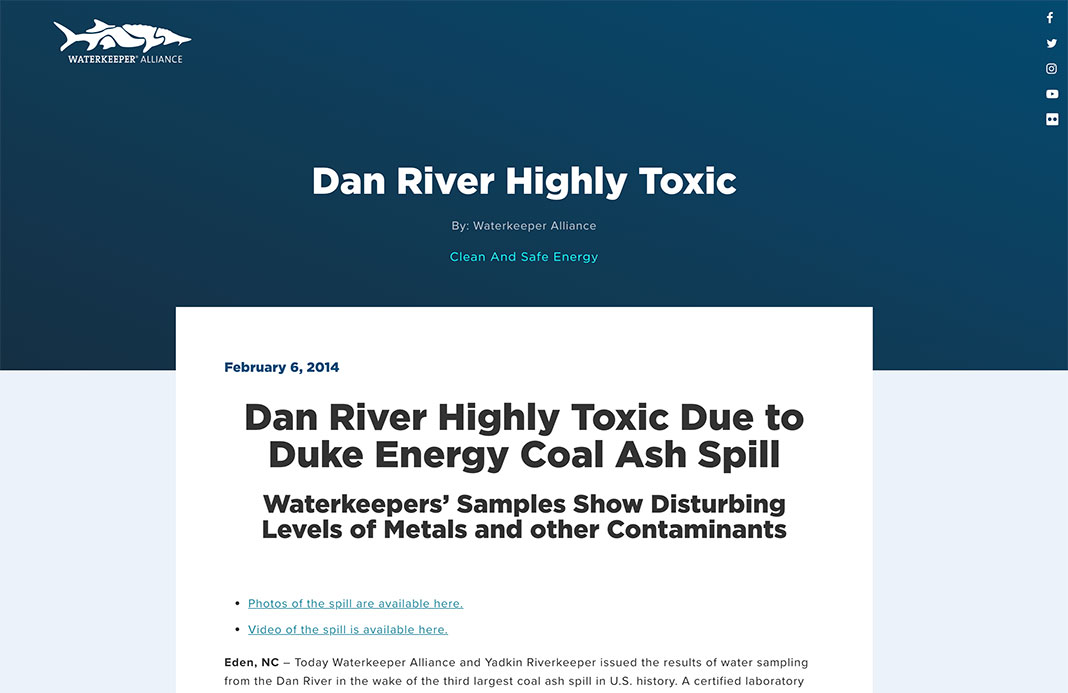
Waterkeepers reported on the Duke Energy spill of 140,000 tons of toxic coal ash into the Dan River. Many Waterkeepers are also kayakers; small, light paddle craft allow for monitoring isolated waters. The organization also hosts events to raise funds and awareness. Learn more at www.waterkeeper.org.

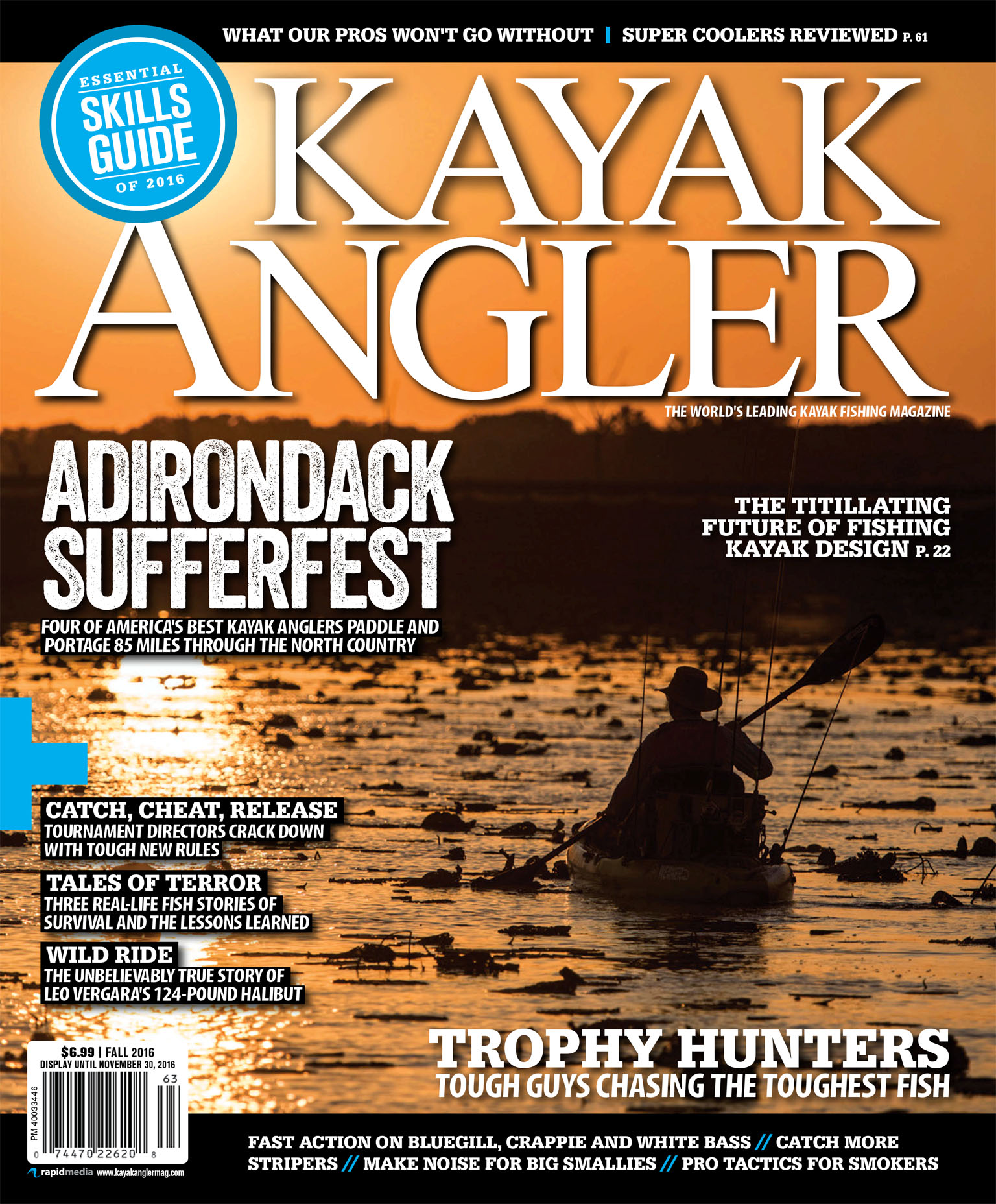 This article was first published in the Winter 2016 issue of Kayak Angler Magazine.
This article was first published in the Winter 2016 issue of Kayak Angler Magazine. 